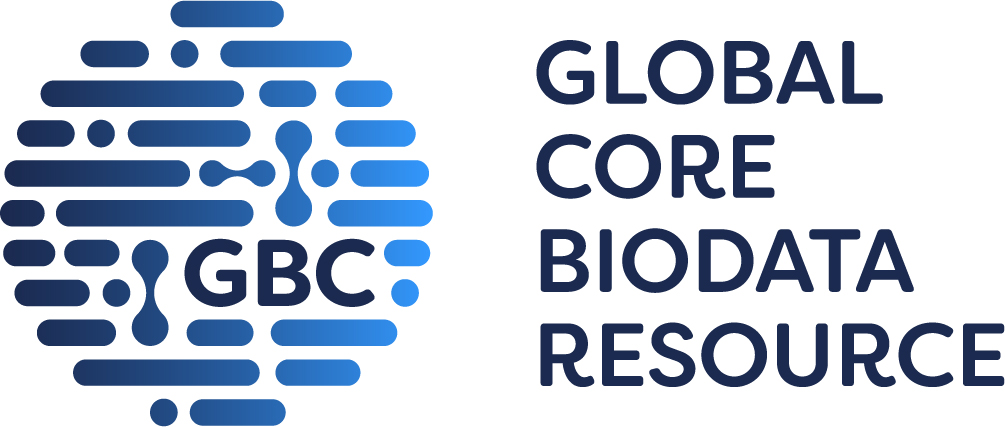
GtoPdb is requesting financial support from commercial users. Please see our sustainability page for more information.
Melatonin receptors C
Unless otherwise stated all data on this page refer to the human proteins. Gene information is provided for human (Hs), mouse (Mm) and rat (Rn).
Overview
« Hide
More detailed introduction 
Melatonin receptors (nomenclature as agreed by the NC-IUPHAR Subcommittee on Melatonin Receptors [6]) are activated by the endogenous ligands melatonin and clinically used drugs like ramelteon, agomelatine and tasimelteon.
Receptors
|
MT1 receptor
C
Show summary »
More detailed page |
|
MT2 receptor
C
Show summary »
More detailed page |
Comments
Further reading
How to cite this family page
Database page citation (select format):
Concise Guide to PHARMACOLOGY citation:
Alexander SPH, Christopoulos A, Davenport AP, Kelly E, Mathie AA, Peters JA, Veale EL, Armstrong JF, Faccenda E, Harding SD, Davies JA et al. (2023) The Concise Guide to PHARMACOLOGY 2023/24: G protein-coupled receptors. Br J Pharmacol. 180 Suppl 2:S23-S144.








Melatonin, 2-iodo-melatonin, agomelatine, GR 196429, LY 156735 and ramelteon [15] are nonselective agonists for MT1 and MT2 receptors. (-)-AMMTC displays an ~400-fold greater agonist potency than (+)-AMMTC at rat MT1 receptors (see AMMTC for structure) [28]. Luzindole is an MT1/MT2 non-selective competitive melatonin receptor antagonist with about 15-25 fold selectivity for the MT2 receptor [8]. MT1/MT2 heterodimers present different pharmacological profiles from MT1 and MT2 receptors [2].
The MT3 binding site of hamster brain and peripheral tissues such as kidney and testis, also termed the ML2 receptor, binds selectively 2-iodo-[125I]5MCA-NAT [18]. Pharmacological investigations of MT3 binding sites have primarily been conducted in hamster tissues. At this site, The endogenous ligand N-acetylserotonin [10,17-18,21] and 5MCA-NAT [21] appear to function as agonists, while prazosin [17] functions as an antagonist. The MT3 binding site of hamster kidney was also identified as the hamster homologue of human quinone reductase 2 (NQO2, P16083 [19-20]). The MT3 binding site activated by 5MCA-NAT in eye ciliary body is positively coupled to adenylyl cyclase and regulates chloride secretion [13]. Xenopus melanophores and chick brain express a distinct receptor (x420, P49219; c346, P49288, initially termed Mel1C) coupled to the Gi/o family of G proteins, for which GPR50 has recently been suggested to be a mammalian counterpart [9] although melatonin does not bind to GPR50 receptors. Several variants of the MTNR1B gene have been associated with increased type 2 diabetes risk [14].